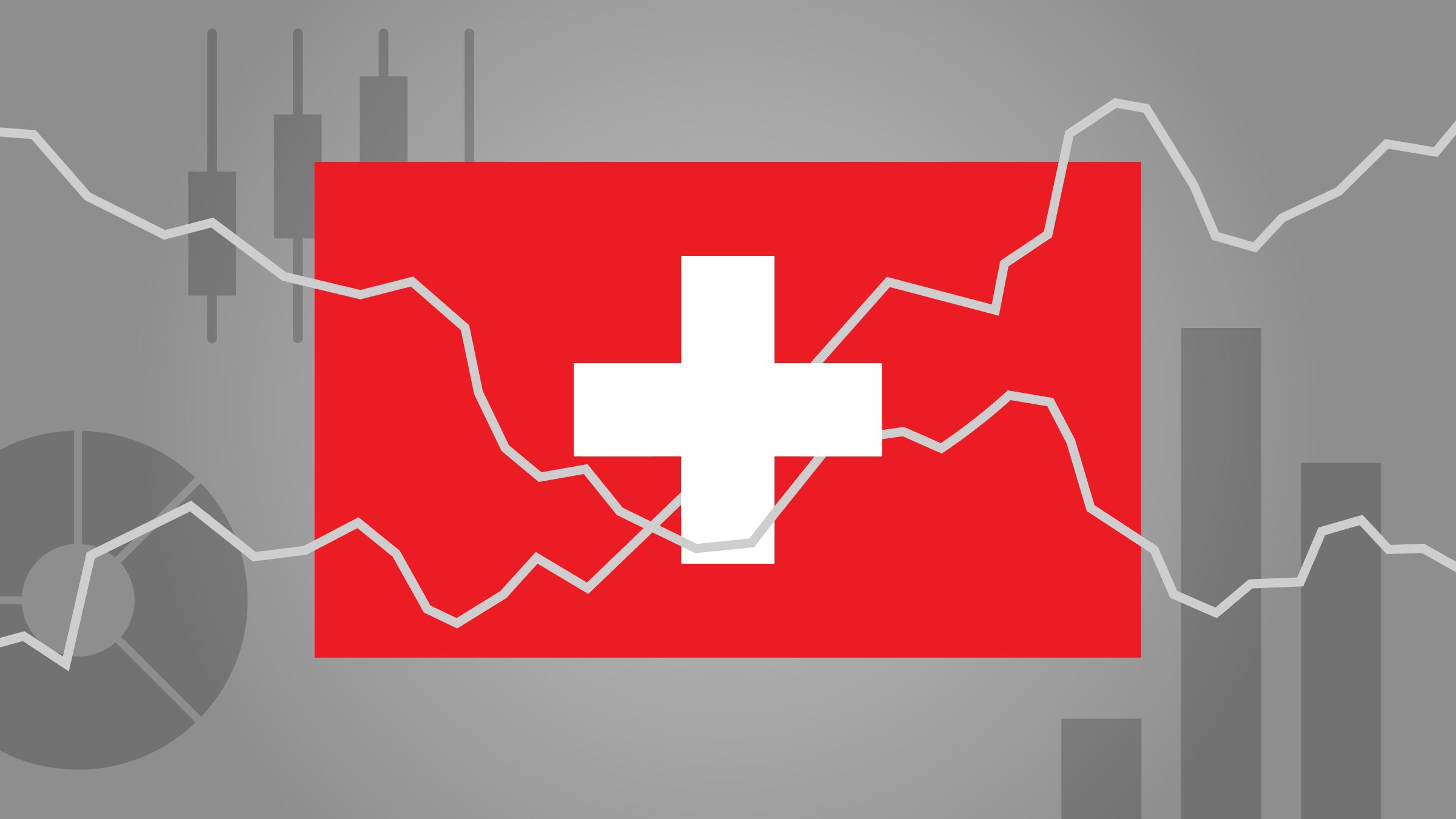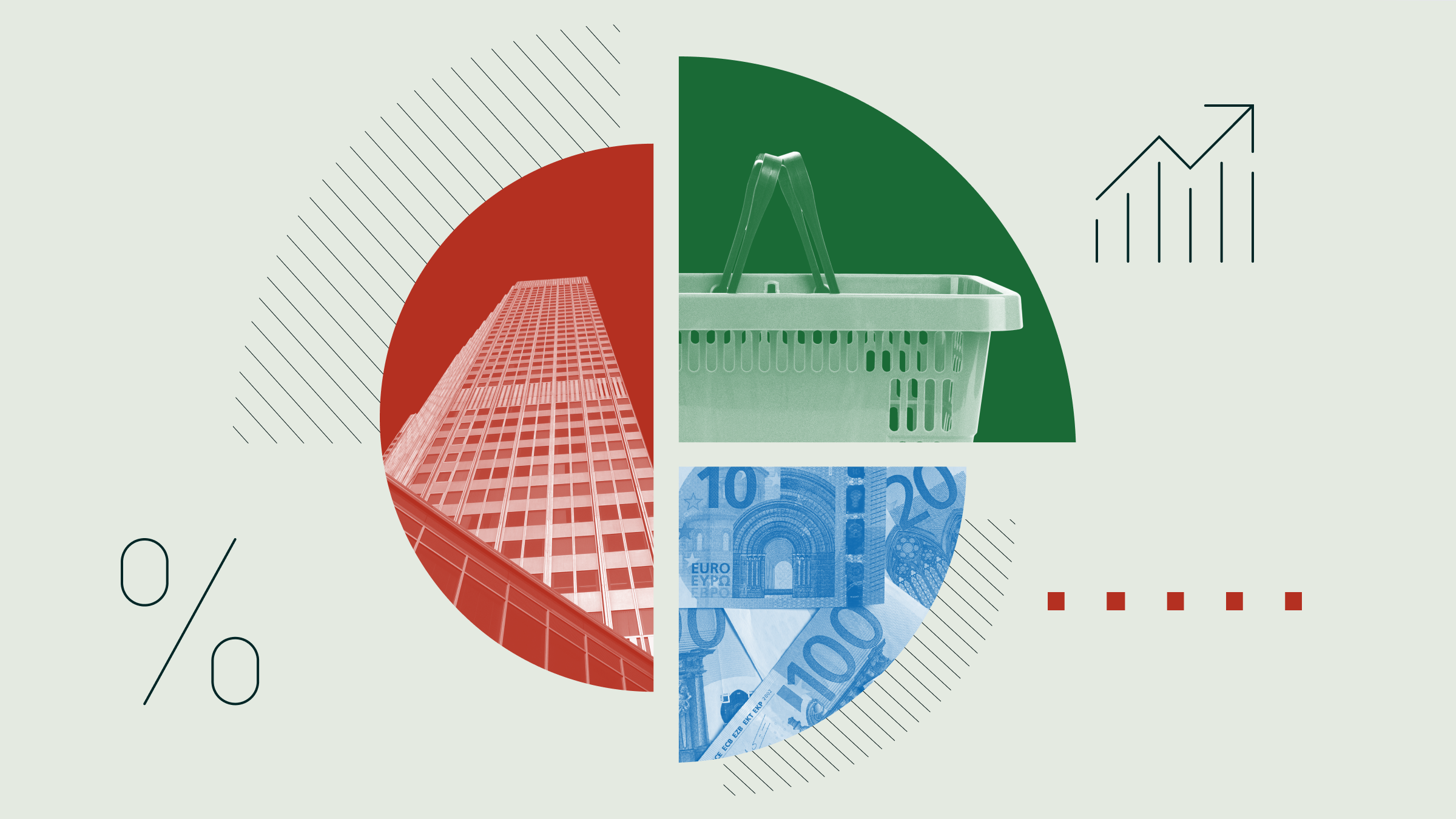Rolle im Portfolio
The iShares JP Morgan USD Emerging Markets Bond UCITS ETF offers investors exposure to the USD-denominated segment of the emerging market (EM) sovereign debt market. Historically, EM government debt has been mostly issued in USD or other developed nation currencies to make it more palatable to global investors. Despite the recent growth in issuance of local currency EM bonds, USD-denominated EM bonds retain the lion’s share of the EM sovereign debt landscape.
The search for higher yield and capital gains vis-à-vis developed bond markets remains the key selling point of emerging market government debt. Notwithstanding shifting perceptions about country risk borne out of the global financial crisis, financial vehicles offering exposure to emerging market debt are still likely to be rolled out as satellite components of an investment portfolio; a yield-enhancing complement to lower-risk core developed market fixed income building blocks. Additionally, investors have also been attracted to EM debt by virtue of its low correlation to traditional (e.g. developed economies) fixed income investments.
Europe-based investors considering this ETF should take into account a fair array of risk considerations including: currency, country and duration. This ETF is a USD-denominated monthly-dividend-distributing vehicle; hence foreign exchange considerations are to have a regular impact on the expected income stream. As per country risk, the ETF does not discriminate between geographical areas; thus making it a good vehicle for those wanting to maximise diversification, but a poor one for those wanting to target a specific area or country. Finally, this ETF has a relatively high modified duration (e.g. around 7%). This is reflective of the still generally long-term maturity bias of emerging market issuing governments. However, closely interlinked with currency exposure, it adds a further layer of performance risk ultimately dependant on US monetary policy moves. The long duration of this ETF makes it vulnerable to proportionally higher capital losses when the Federal Reserve raises interest rates.
Fundamentale Analyse
Emerging markets (EM) are routinely described as one of the main financial markets success stories of the last two decades. Structural changes to the way these economies are governed have facilitated large capital inflows, in turn leading to a significant shift in international investors’ asset allocation trends. EM exposure is now part and parcel of most investment portfolios, with investors lured by comparatively high returns and a perception of diminished risk.
The good performance of EM government bonds over the past few years has taken a turn for the worse in 2013. Although it is fair to continue saying that EM economies have been weathering the global crisis in much better shape than their developed counterparts, the fact is that key EM countries are now showing signs of growth slowdown. Furthermore, social protests in countries such as Turkey and Brazil have come as a reminder to investors that “political risk” has not disappeared from EM, although it now takes a different shape. Adding to these domestic worries, EM valuations were very negatively affected by the US Fed’s hints of QE “tapering” back in H1-13. This served as a useful reminder of the notion of a decoupling between EM and developed economies is not that credible.
In a way, the events in 2013 have exposed one of the key weaknesses of the rationale for investing in EM. The success of emerging market economies has been predicated on an export-oriented model whereby they have become the suppliers of choice to consumption-driven developed partners. As the latter struggled under the burden of public and private debt, EM economies have little option but to promote their internal sources of growth. However, in order to fully incentivise local consumption, EM economies may have to develop and/or considerably extend publicly-funded social safety nets. This, for instance, was one of the key reasons behind the social protests in Brazil. Not all EM countries are the same; but any move to provide for extended social programmes (e.g. health, education) may lead to increased government expenditure in the future. This, in turn, could weigh on EM government bond valuations.
Even accounting for these potential shortcomings, EM economies are still seen as source of global growth. In fact, the consensus is that EM economies will continue outpacing their developed peers by a good margin. It is important to note that some of these economies still benefit from sizeable current account surpluses that might, if sensibly used, be deployed to cater for the growing social needs of their populations.
Despite the growing importance of local currency-denominated EM bond markets, a significant share of EM government bond issuance is still conducted in USD. As such, would-be investors need to consider the impact that US monetary policy decisions may have on performance. As we write (e.g. late November 2013) the US Fed remains committed to maintaining very accommodative conventional policy settings for a protracted period. However, expectations for QE “tapering” to kick in are progressively building. In fact, over the next year or so, a very delicate task for the Fed is likely to be that of managing the transition to a post-QE scenario without unduly rattling global financial markets.
Indexkonstruktion
The JP Morgan EMBI Global Core Index is a subset of the broader JP Morgan EMBI Global Index and measures the performance of most liquid USD-denominated emerging market sovereign or quasi-sovereign bonds. The EMBI Global Core Index includes fixed, floating rate and capitalising bonds with a minimum outstanding of USD 1bn and minimum remaining maturity of 2.5 years. Eligible countries are those classed by the World Bank as having low or medium per capita income for two consecutive years, or countries that have restructured their external debt over the last decade. The index is calculated every business day of the year, as defined by the US bond market calendar. Valuations are calculated on best offer/bid prices submitted by a selected group of emerging market brokers or JP Morgan traders if prices from selected brokers are not available. This is a diversified index which limits the weights of countries with higher debt outstanding. The index is rebalanced on the last business day of each month. Income arising from coupon payments is reinvested in the index on the date paid.
Fondskonstruktion
iShares uses physical replication to track the performance of the JP Morgan EMBI Global Core Index. Given the large number of index constituents. iShares uses statistical sampling to construct the fund. As we write (e.g. late November 2013) the number of fund constituents was 205, with Turkey, Brazil, Philippines, Russia, Mexico and Indonesia as the top six issuers in value terms (e.g. 35% of the fund’s basket). The fund has a bias towards long-dated bonds, with some 60% of constituents having remaining maturity above seven years and close to 30% with remaining maturity above 15 years. This ETF was launched in February 2008 and is domiciled in Ireland. This ETF distributes dividends on a monthly basis. According to our research, tracking difference for this ETF, measured in terms of annualised total returns after fees (note – the annual total expense ratio is 0.45%), has tended to come in above the TER by a non-negligible measure. Market volatility since the fund’s inception, as well as performance divergences born out of the fact that the fund’s basket is sampled rather than fully replicated, may account for a significant share of tracking difference. iShares may engage in securities lending in order to optimise the ETF’s tracking performance. BlackRock acts as investment manager on behalf of iShares. The amount of securities that can be lent out is capped to 50% per fund. Lending operations are hedged by taking UCITS-approved collateral greater than the loan value and by revaluing loans and collateral on a daily basis. The collateral is held in a ringfenced account by a third party custodian. The degree of overcollateralisation is a function of the assets provided as collateral, but typically ranges from 102.5% to 112%. Lending revenue is split 60/40 between the ETF and BlackRock, respectively.
Gebühren
The total annual expense ratio (TER) for this ETF is 0.45%. This sits mid-way in the 0.30-0.55% TER range for ETFs providing exposure to the USD-denominated segment of the EM government debt market. Additional costs potentially borne by investors and not included in the TER include bid/offer spreads and brokerage fees when buy/sell orders are placed for ETF shares.
Alternativen
The iShares JP Morgan USD EM Bond ETF is European market leader in this segment by a substantial margin vs. its few competitors. Amongst these, we find the db x-trackers II EM Liquid EuroBond ETF. Using synthetic replication, the db x-trackers ETF carries a higher TER of 0.55% and its returns are hedged in EUR, which may be seen as an advantage for some investors – particularly Eurozone-based - either unwilling or unable to deal with FX considerations. It is worth noting that iShares launched a EUR-hedged version of the JP Morgan EM Bond ETF in 2013.
Another alternative is the Amundi Global Emerging Bond Markit iBoxx ETF, a USD-denominated fund launched in 2010 charging a TER of 0.30%. Despite a more competitive TER, its AUM remain a fraction of those held by iShares and also lag behind by a good margin vs. the db x-trackers ETF.
European investors also have access to ETFs providing exposure to local currency EM government debt, which tends to be issued mostly in short-to-medium maturities. The SPDR Barclays Capital EM Local Bond ETF (TER 0.55%), the iShares Barclays Capital EM Local Government Bond (TER 0.50%) and the PIMCO Source Advantage Local Bond ETF (TER 0.60%) offer this exposure. They all are physically replicated.

















